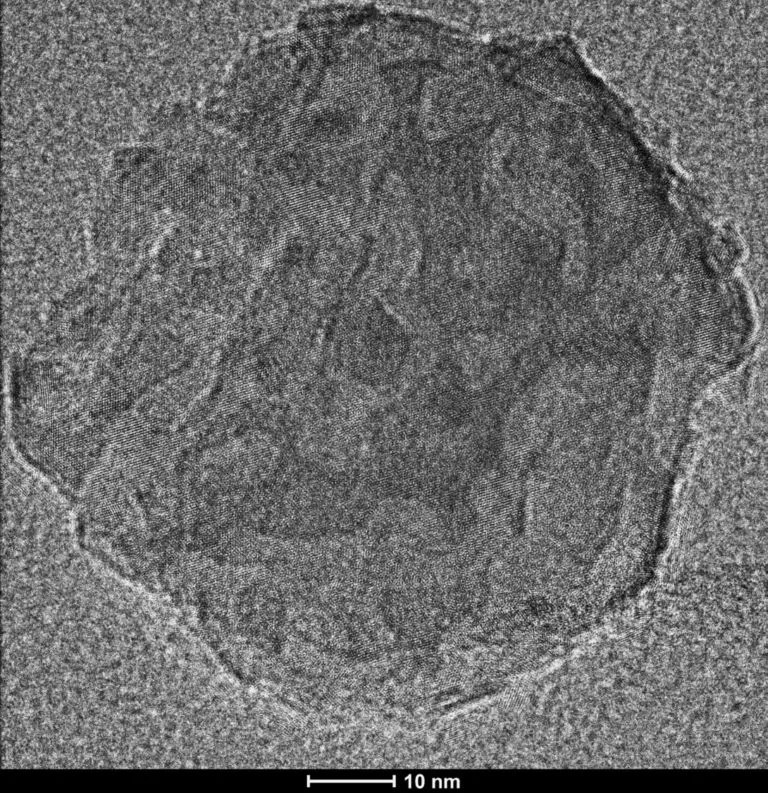They may be little more than 10cm long but mantis shrimp pack a serious punch – they are able to whip out their club-like forelimbs at 23 metres per second and smash them into their prey with the force of rifle bullet.
Yet despite this tremendous impact, the ancient crustaceans are able to throw blow after blow without sustaining any damage.
Now, material scientists at the University of California, Irvine have discovered that the clubs have a uniquely designed nanoparticle coating that absorbs and dissipates energy.
The finding could have significant implications for engineered materials in the automotive, aerospace and sports industries, they say.
Read more about animals inspiring engineering:
- Biomimetic design: 10 examples of nature inspiring technology
- Smart material made from squid teeth a potential plastic alternative
- Spider silk could be used to make robotic muscles
“Think about punching a wall a couple thousand times at those speeds and not breaking your fist,” said lead researcher Professor David Kisailus. “That's pretty impressive, and it got us thinking about how this could be.”
The team used transmission electron (TEM) and atomic force microscopes to examine the nanoscale architecture and materials that make up the clubs’ surface layer. They found that the nanoparticles are made of intertwined organic nanocrystals, made from proteins and polysaccharides, and inorganic calcium phosphate nanocrystals. The inorganic nanocrystals are stacked together like Lego pieces, with small differences in orientation where they join together.

“The high-resolution TEM really helped us understand these particles, how they're architected and how they react under different types of stress. At relatively low strain rates, the particles deform almost like a marshmallow and recover when the stress is relieved,” Prof Kisailus said.
“The particles stiffen and fracture at the nanocrystalline interfaces. When you break something, you're opening up new surfaces that dissipate significant amounts of energy.”
The structure could be imitated and used to engineer similar particles to add enhanced protective surfaces for use in everything from cars and aircraft to cycle helmets and body armour, the researchers say.
Reader Q&A: How would you cook a shrimp that came from a hot water vent?
Asked by: Tom Hampton, Queensland
Chuck it on the barbie! Deep-sea geothermal vents spew out water at 350°C, but shrimp such as Rimicaris exoculata are sensible enough to keep out of this cauldron. Although they can survive quick dashes into water at 100°C or more, they will die if they’re exposed to prolonged water temperatures above 39°C. Special pigments let them ‘see’ the infrared radiation from the vent and judge its temperature.
Read more: